In today’s fast-paced business environment, an effective IT asset management platform plays a crucial role in optimizing operations and maximizing returns on investments. AssetIT, an advanced IT asset management platform for Jira, offers powerful features to help organizations efficiently track, maintain, and analyze their assets. To harness the full potential of AssetIT, here are three essential tips to help you master the system and streamline your IT asset management.
Tip 1: Embrace Familiarity with The IT asset management platform
To become proficient in AssetIT, it is crucial to familiarize yourself with its features, functions, and capabilities. Begin by thoroughly reading the user manual and any available documentation provided by the software vendor. You can visit the AssetIT website, mouse over the tab Resources, and choose Document to access the documentation.
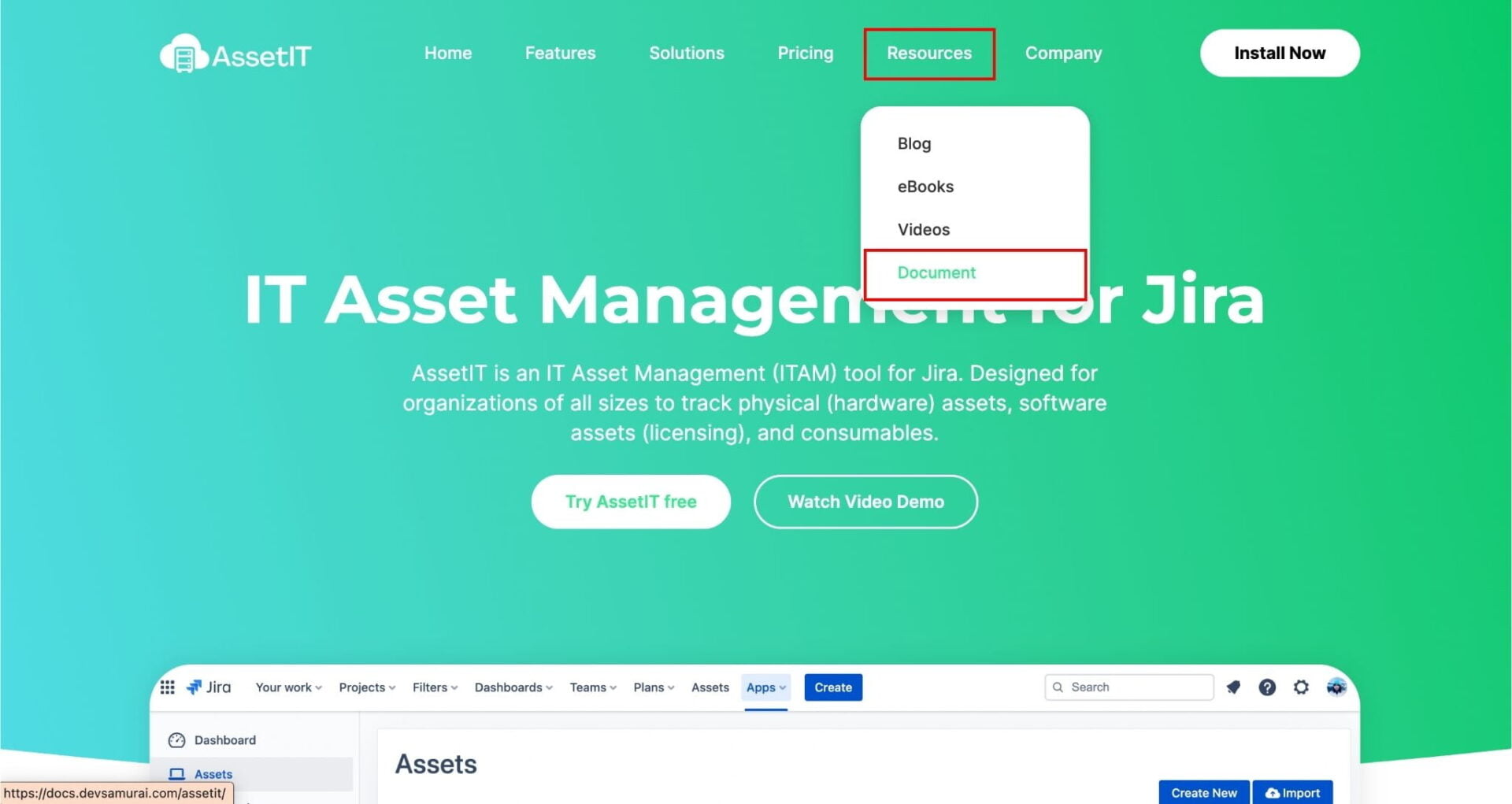
On this page, you will have a chance to read and thoroughly understand every angle of the app. From the detailed user’s guide to the administration’s guide, step-by-step learning, video tutorial, or even release notes for every update, etc. This foundational knowledge will help you understand the system’s interface, navigation, and core workflows.
 Spend time exploring the various modules and functionalities within AssetIT. Gain a deep understanding of how asset records are created, updated, and archived. Learn how to efficiently search for assets, perform bulk actions, and generate reports. By investing time in exploring the system, you’ll build a solid foundation that enables you to utilize AssetIT to its full potential.
Spend time exploring the various modules and functionalities within AssetIT. Gain a deep understanding of how asset records are created, updated, and archived. Learn how to efficiently search for assets, perform bulk actions, and generate reports. By investing time in exploring the system, you’ll build a solid foundation that enables you to utilize AssetIT to its full potential.
Tip 2: Customize the IT asset management platform to Fit Your Needs
One of the strengths of AssetIT is its flexibility and customization options. Take advantage of these features to tailor the system to align with your organization’s unique asset management processes.
Start by assessing your specific requirements and workflows. Identify the key data fields, forms, and labels that are crucial for your assets’ lifecycle management. Customize these elements in AssetIT to capture the relevant information effectively. Consider creating custom views or dashboards that provide quick access to the most pertinent asset data for different user roles within your organization.
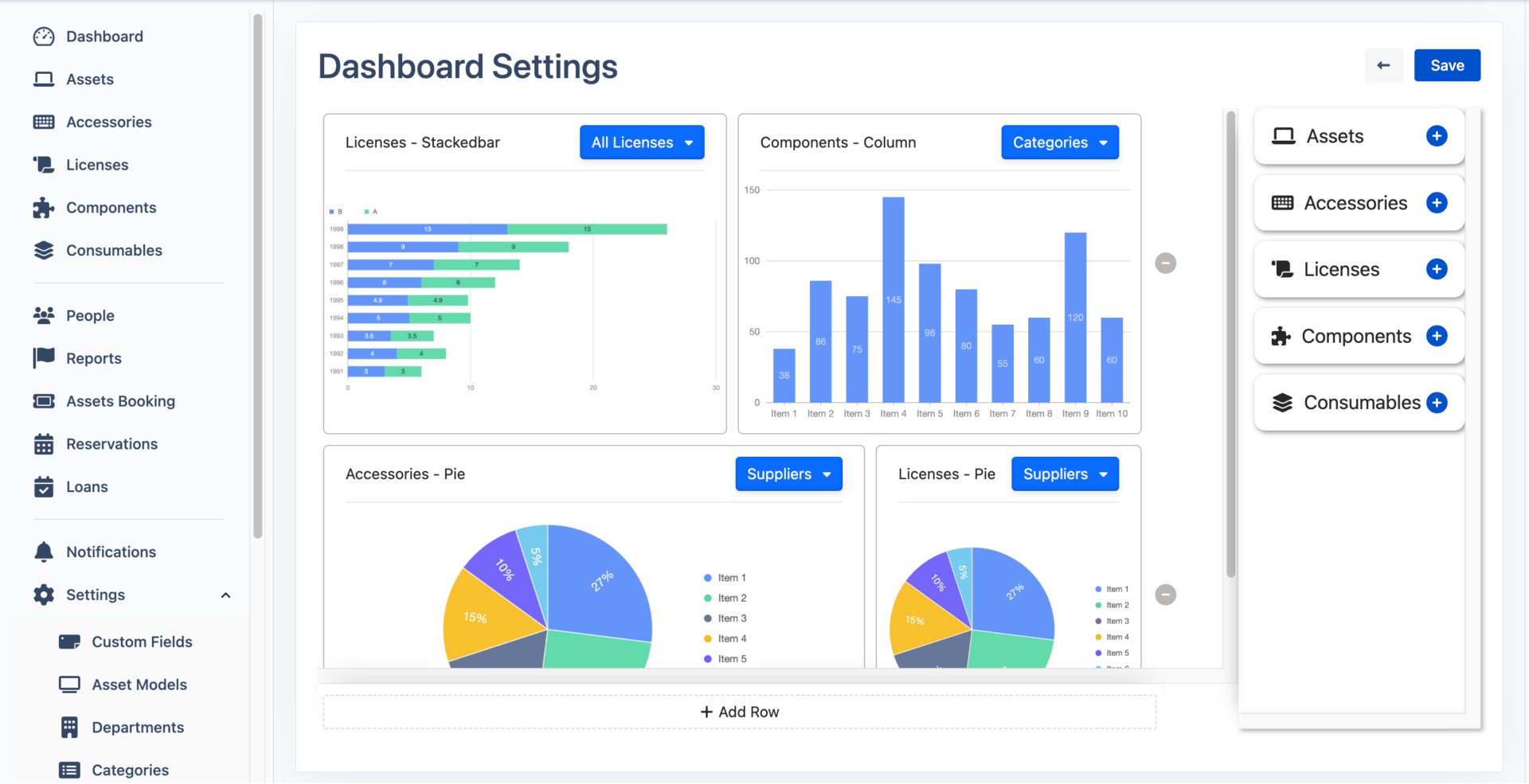 Furthermore, leverage AssetIT’s configuration options to set up automated notifications, reminders, and alerts to ensure timely maintenance, renewals, or inspections. By customizing AssetIT to fit your needs, you enhance its usability and make it an invaluable tool.
Furthermore, leverage AssetIT’s configuration options to set up automated notifications, reminders, and alerts to ensure timely maintenance, renewals, or inspections. By customizing AssetIT to fit your needs, you enhance its usability and make it an invaluable tool.
Tip 3: Prioritize Data Accuracy and Maintenance for the IT asset management platform
Accurate and up-to-date data is the backbone of an efficient IT asset management platform. Without reliable information, decision-making becomes challenging and potential risks increase. Therefore, investing time and effort in maintaining data accuracy within AssetIT is essential.
 Establish clear processes for data entry, verification, and updates. Regularly audit and reconcile the data to identify any discrepancies or inconsistencies. Ensure that asset records are reviewed and updated as necessary, including changes in ownership, location, condition, or usage.
Establish clear processes for data entry, verification, and updates. Regularly audit and reconcile the data to identify any discrepancies or inconsistencies. Ensure that asset records are reviewed and updated as necessary, including changes in ownership, location, condition, or usage.
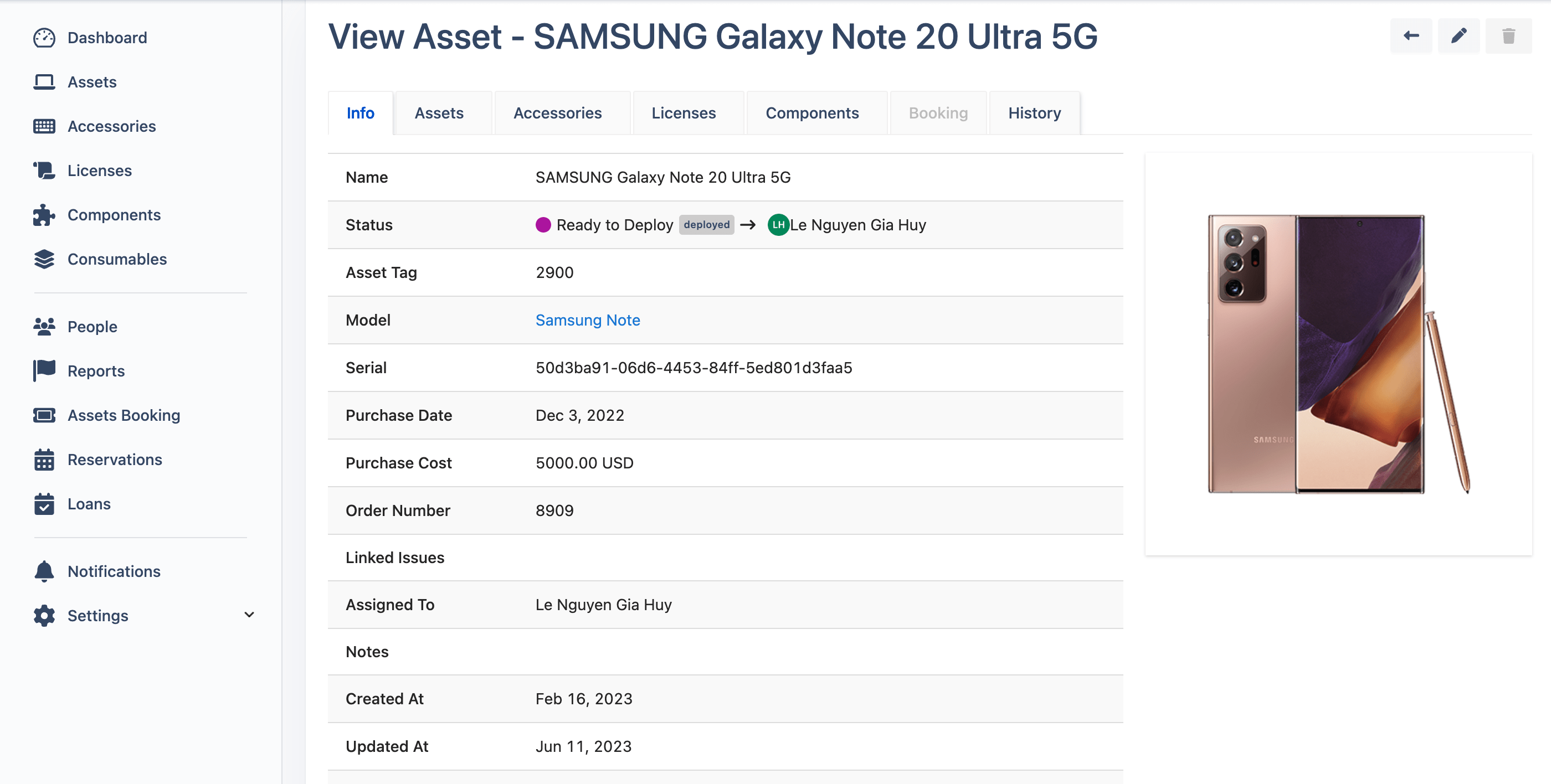 Encourage a culture of responsibility among users by providing proper training on data entry standards and emphasizing the importance of accurate information. By ensuring data integrity, AssetIT becomes a trustworthy source of information, allowing you to make informed decisions, track assets effectively, and optimize their lifecycle management.
Encourage a culture of responsibility among users by providing proper training on data entry standards and emphasizing the importance of accurate information. By ensuring data integrity, AssetIT becomes a trustworthy source of information, allowing you to make informed decisions, track assets effectively, and optimize their lifecycle management.
Conclusion
Mastering AssetIT is a journey that requires dedication and ongoing learning. By following these three tips, you can enhance your proficiency in using AssetIT as an effective IT asset management platform. Embrace familiarity with the system, customize it to align with your organization’s needs, and prioritize data accuracy and maintenance. As you become a proficient AssetIT user, you will unlock the system’s full potential, streamline your asset management processes, and drive operational efficiency within your organization.
Visit our guide blog series: Guide #6: How to Manage Components on AssetIT
If you have any questions, please feel free to contact us at Support Desk for a prompt response.


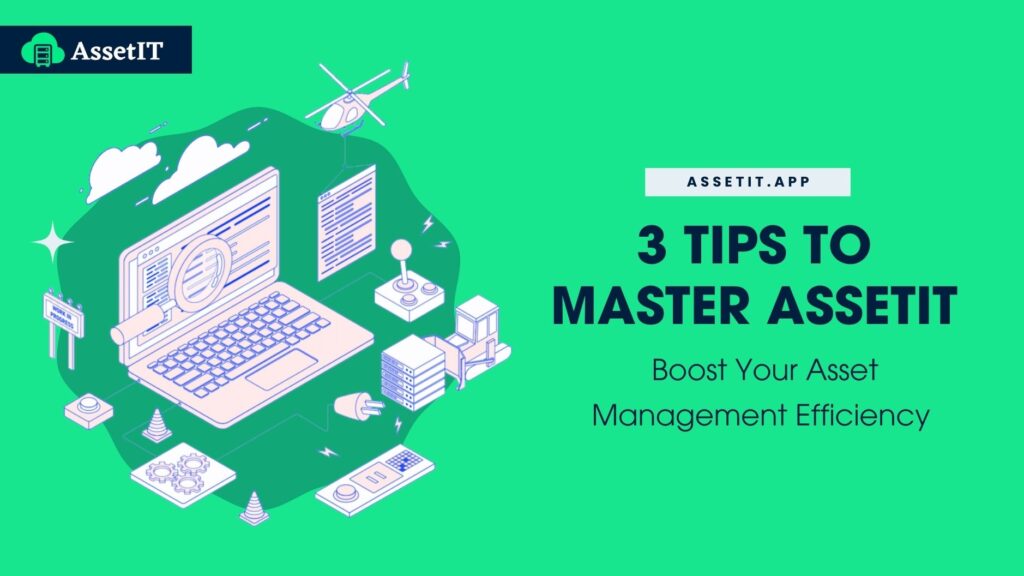

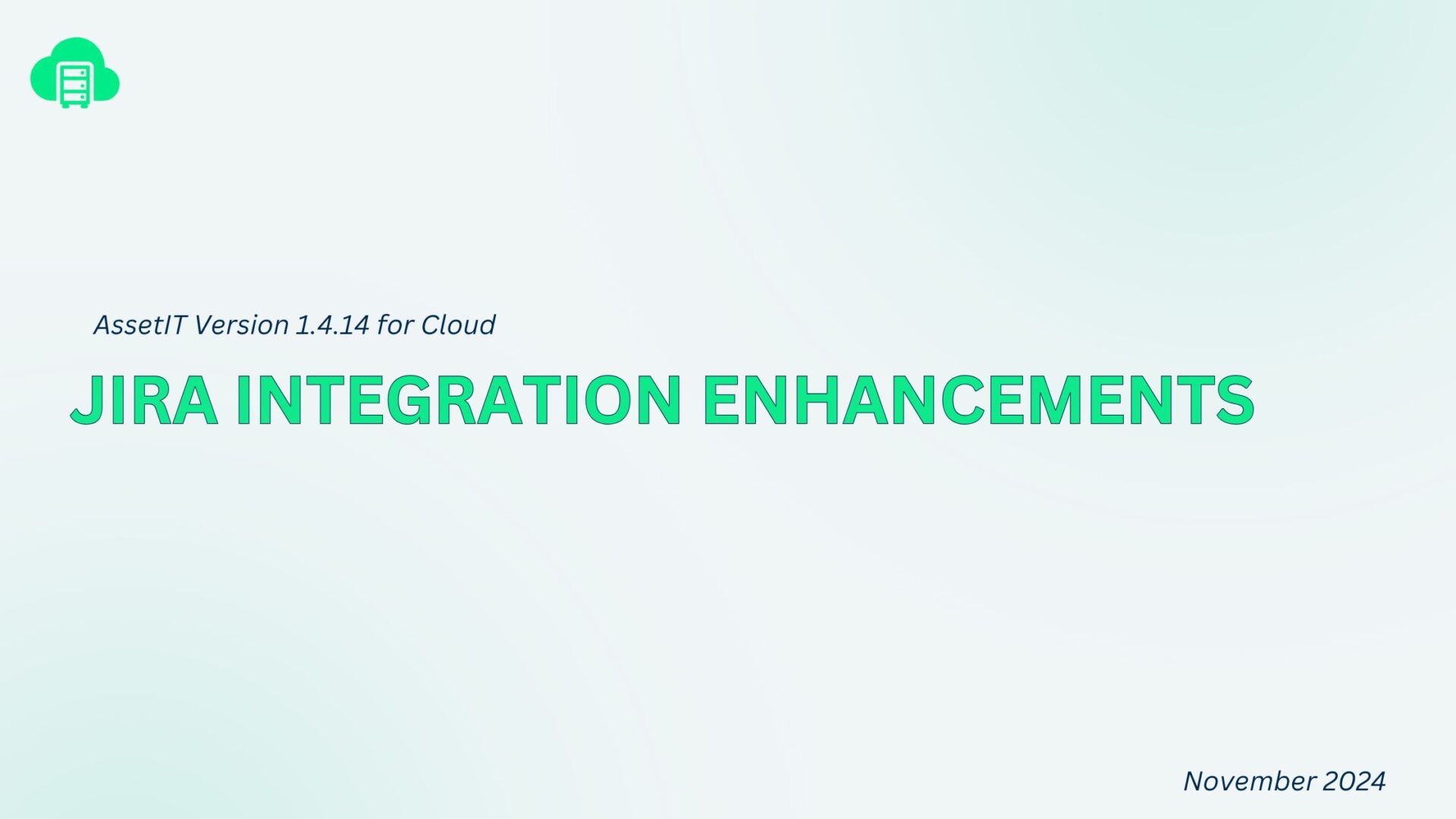
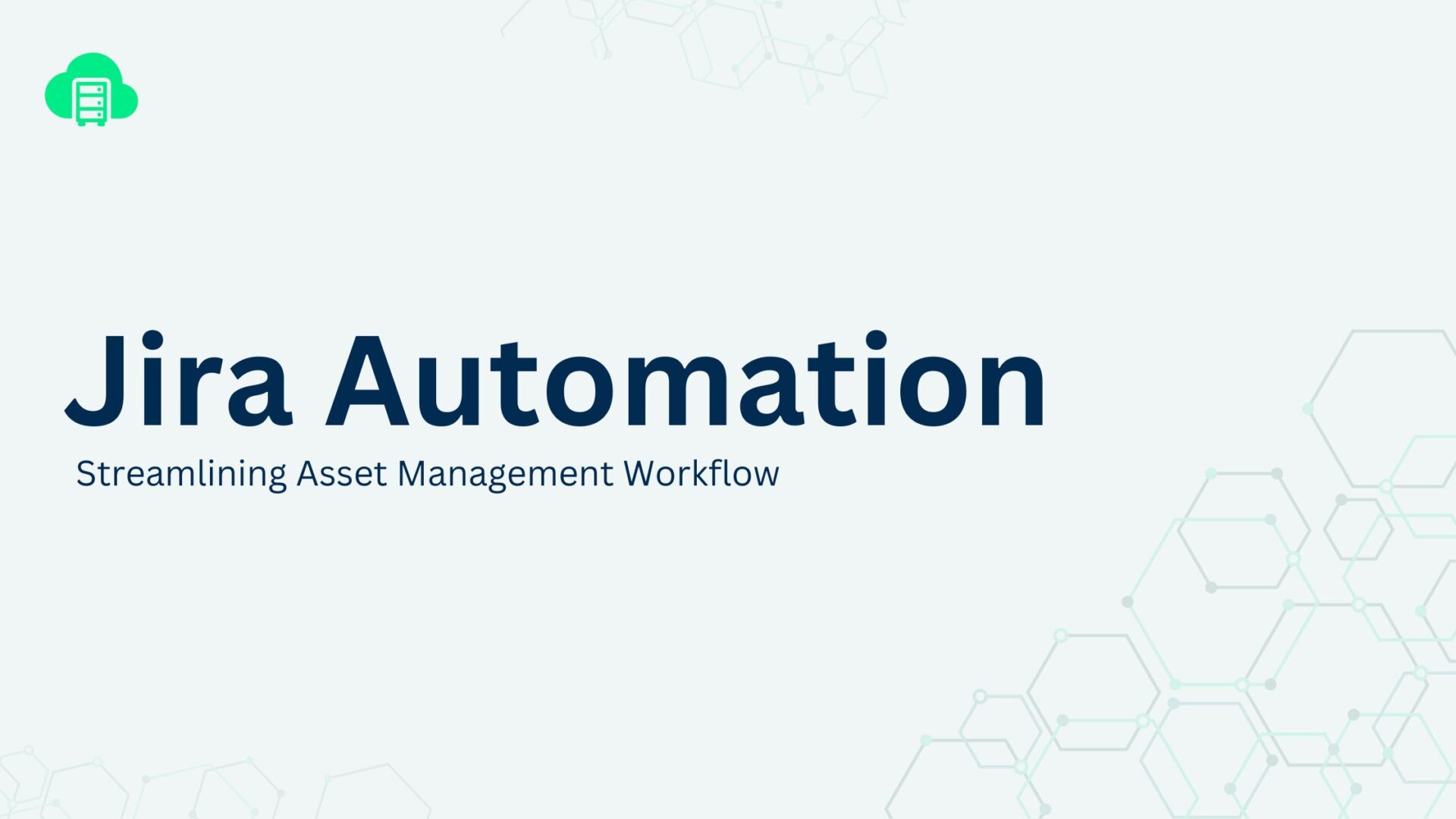
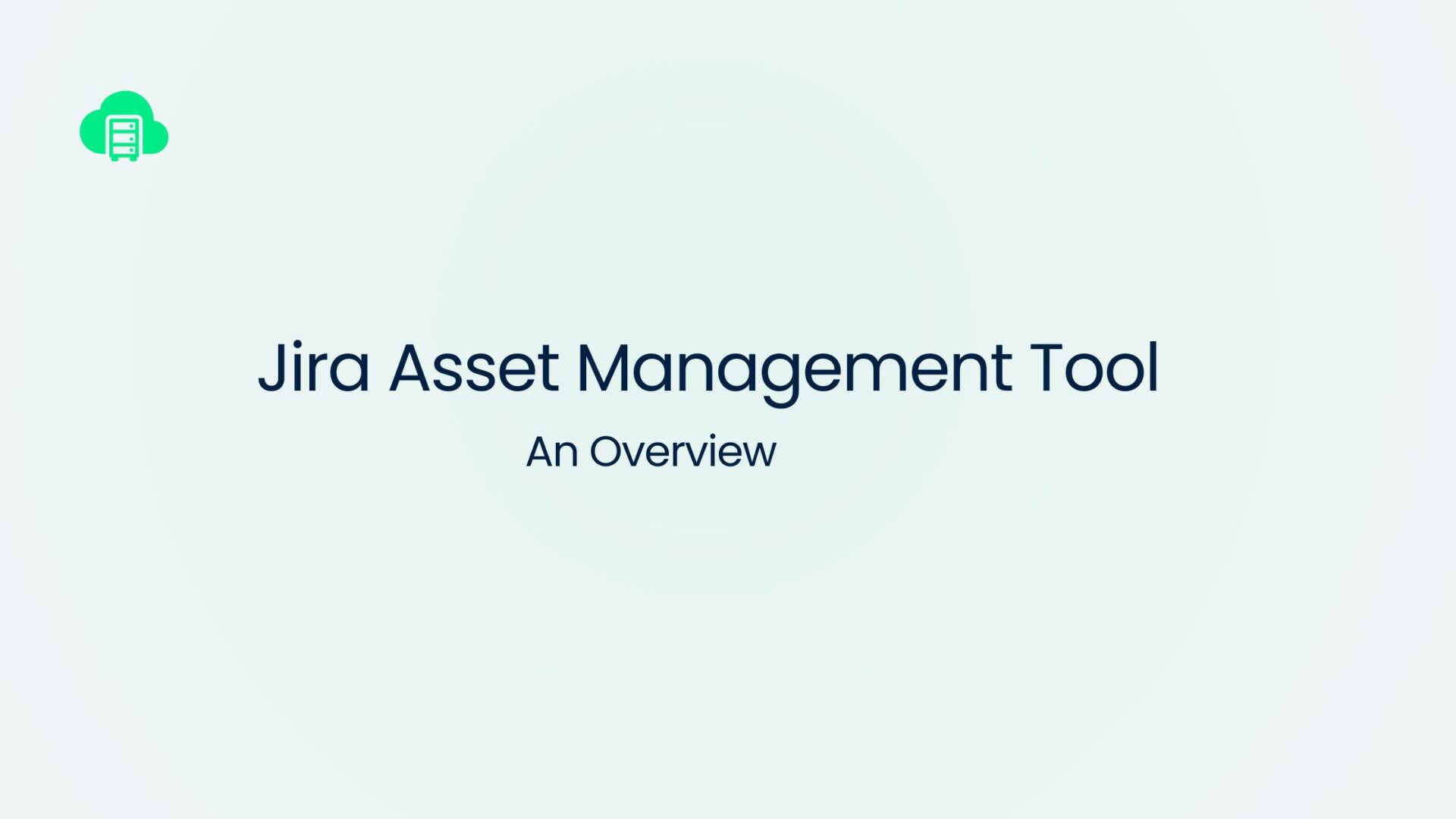

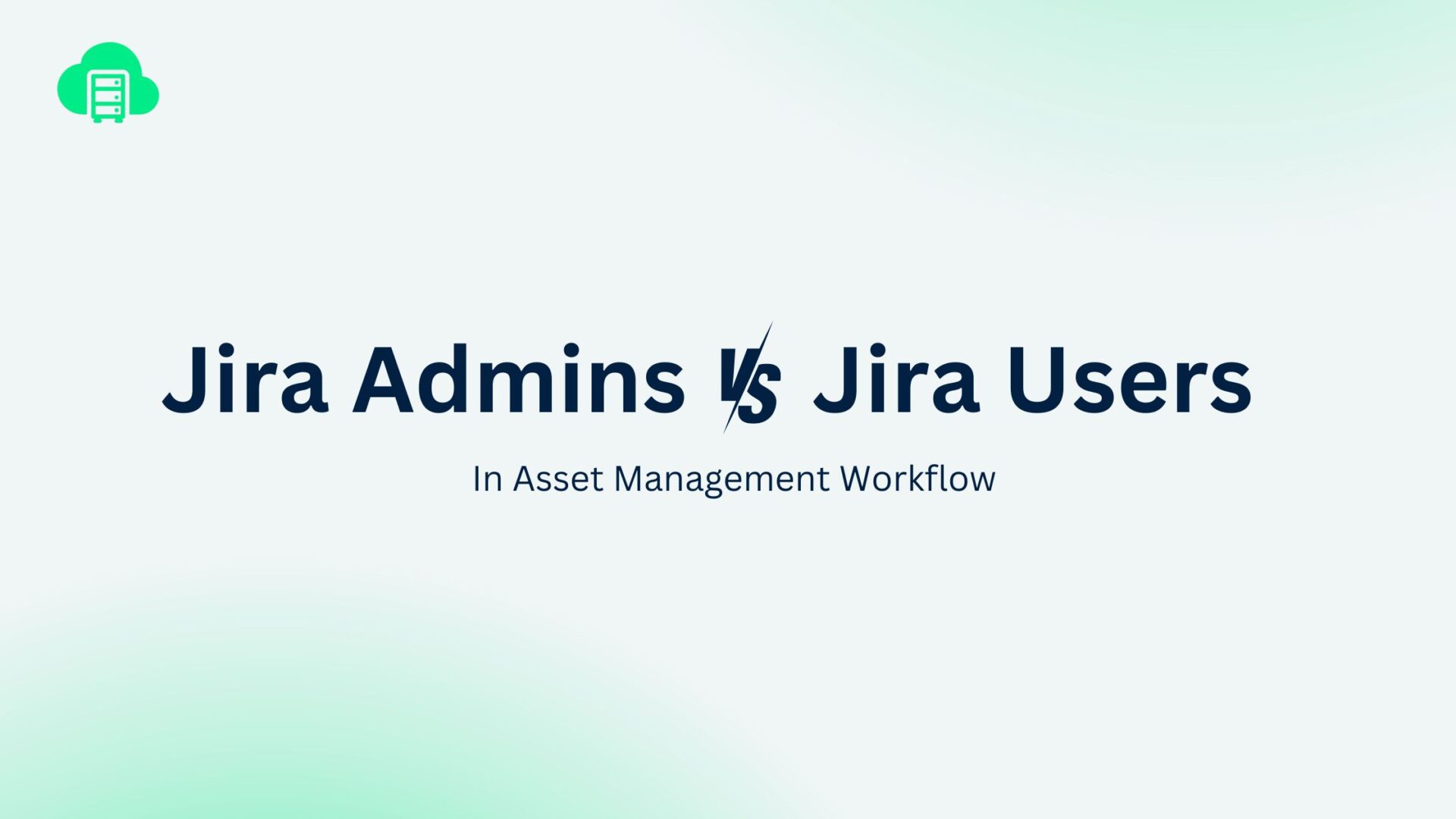
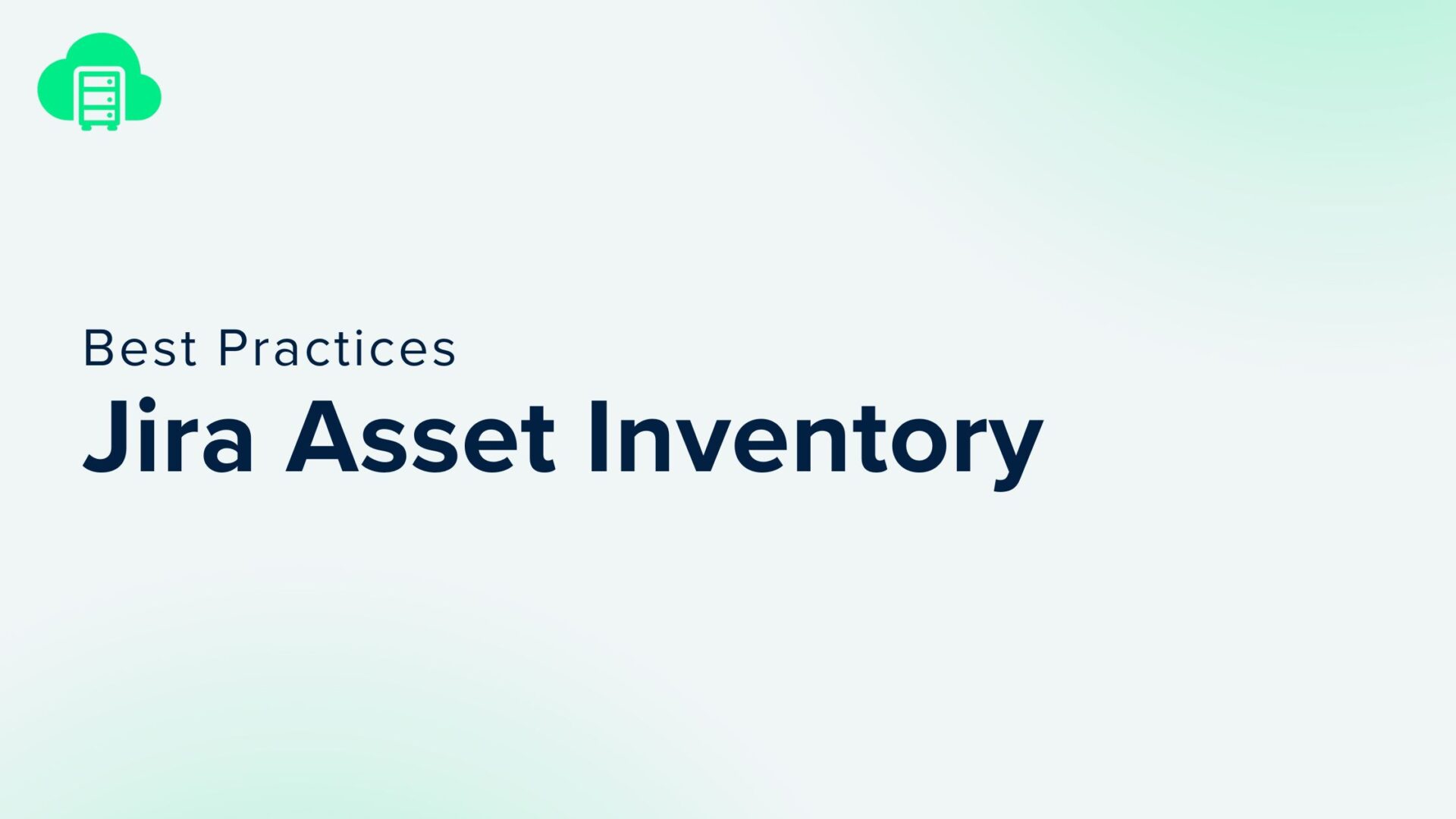
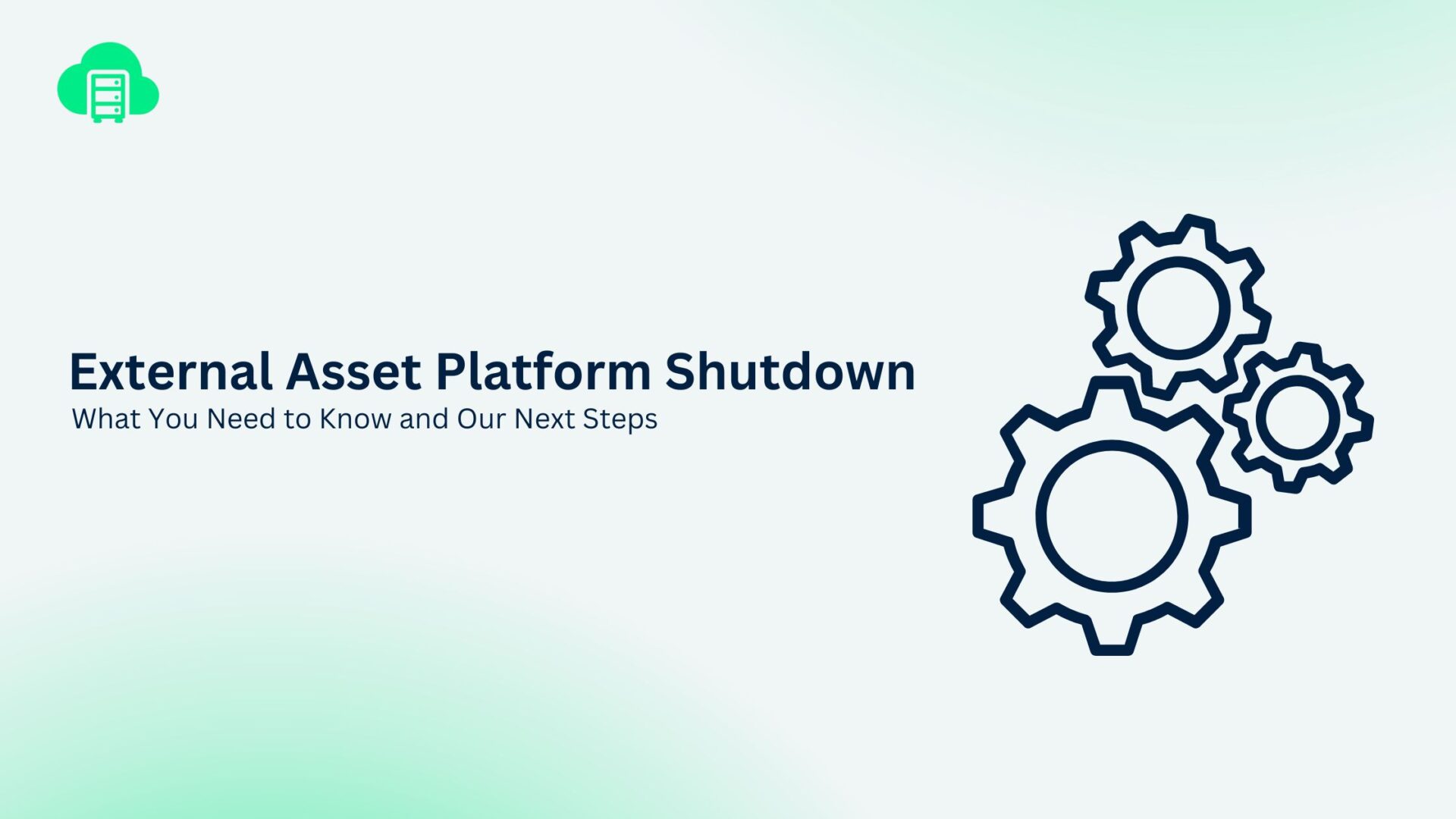
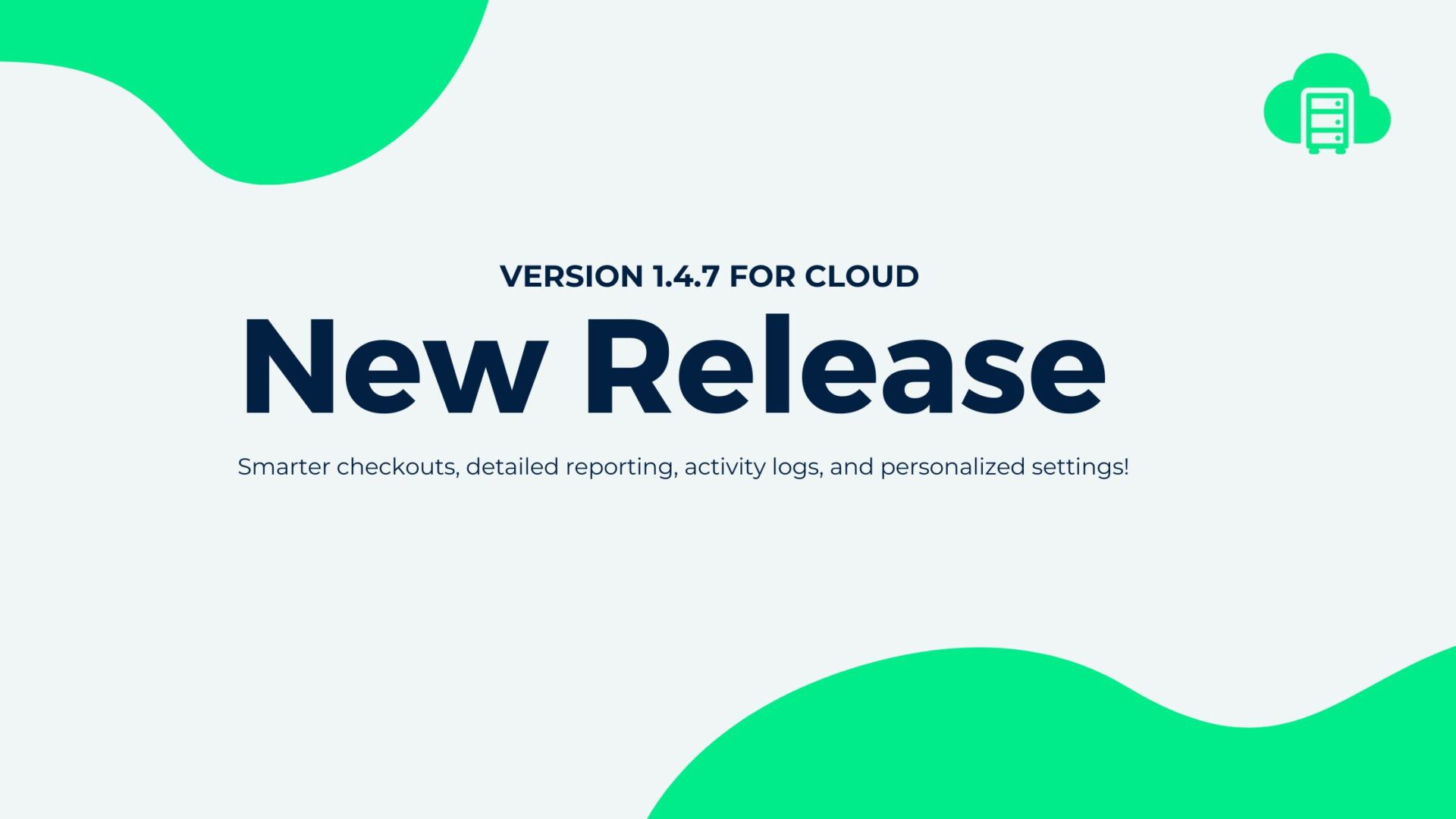
Recent Comments